Melissa and the peculiarities of its cultivation
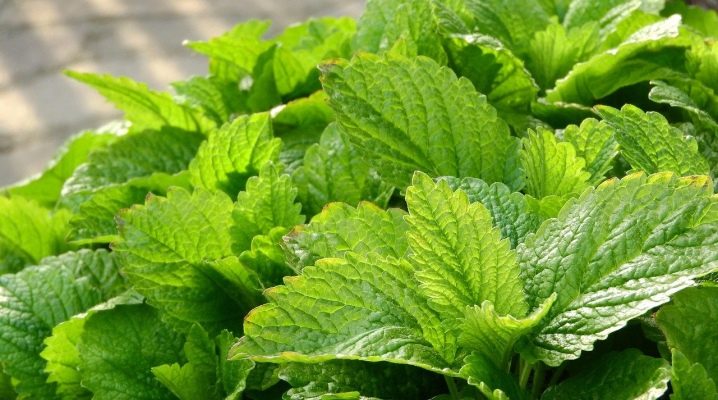
Fragrant lemon balm is a plant that is familiar to most flower growers.... It can be grown both outdoors and on a windowsill. The main thing is to provide the right care for Melissa.
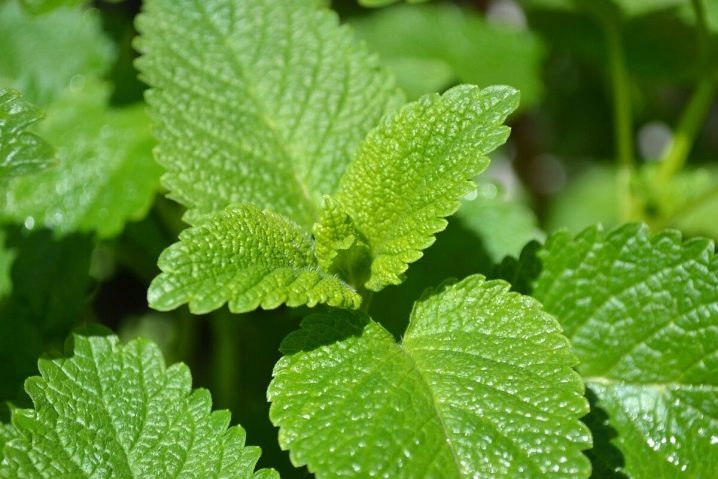
Description
A perennial herb belongs to the Lamb family. The botanical description of lemon balm is as follows.
- Rhizome... The root of lemon balm is branched and covered with short hairs. It goes deep underground, so the plant gets a lot of nutrients from the soil.
- Stem... The main part is covered with short down. The color of the stem is dark green.
- Leaves... Leaves of lemon balm are oval, with jagged edges. Their surface is covered with short down.
- Flowers... In the middle of summer, inflorescences appear on the plant, consisting of small buds. They can be white or blue, or pink or yellow. The flower is an excellent honey plant, so in summer lemon balm attracts a large number of bees.

Melissa is highly regarded not only for its attractive appearance, but also for its beneficial properties. Green leaves are often used to make aromatic teas and infusions. The dried leaves are used in cooking. For its special aroma, the plant is also called lemon mint.
Views
There are several types of lemon balm. The most popular are several varieties of the plant.
- Lemon flavor. This is one of the most popular varieties. In height, such a plant grows up to 40-50 cm. The stem is covered with small ovoid leaves. Their smell is intense. They can be eaten both raw and dried.
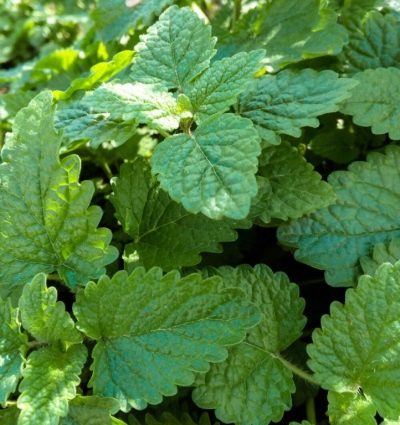
- "Dozya"... This type of lemon balm forms lush bushes. They look bright and impressive. The leaves of such lemon balm are dark green, with jagged edges. The smell is quite strong. In summer, the plant is covered with small white flowers.
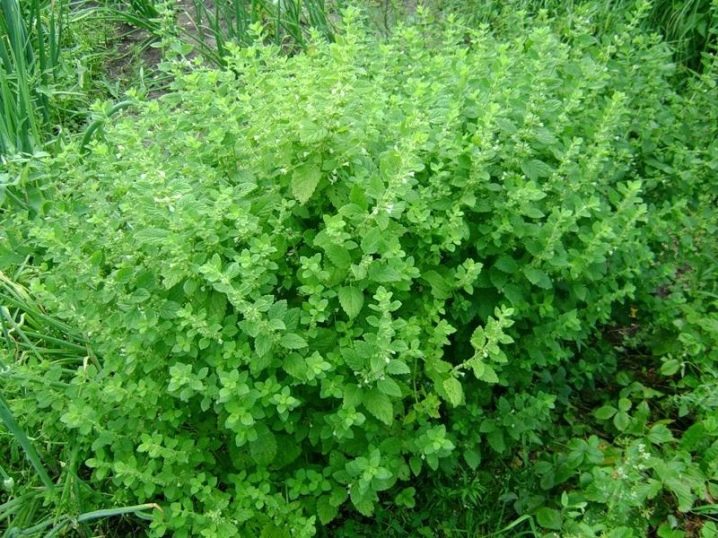
- "Pearl". The peculiarity of this plant is the voluminous wrinkled leaves. Their edges are covered with large teeth. This lemon balm is an excellent honey plant, so beekeepers often plant it on their site.
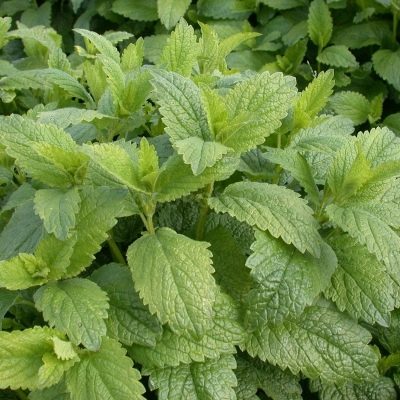
- "Mojito"... This type of lemon balm is often used in cooking. Typically, fragrant green leaves are added to various desserts or drinks.
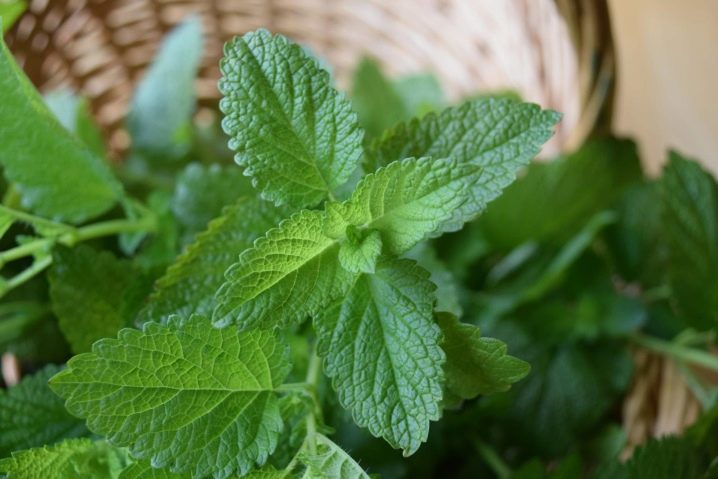
- "Pure gold"... The flowers of this plant are both light and pale blue. The plant pleases with its unpretentiousness. But in the wild, it is quite rare.
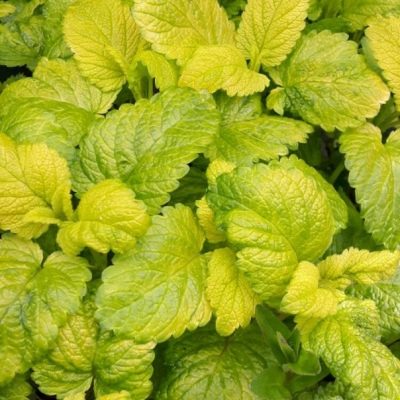
- Variegated. This is a beautiful ornamental plant. It is grown in flower beds and gardens. You can recognize it by its light green leaves with a gold border.

- "Lemon tea"... This is another type of lemon balm with a pronounced lemon aroma. The plant is unpretentious, so even beginners can plant it on their site.
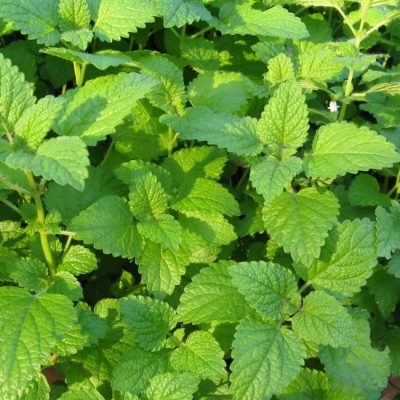
- "Freshness". This type of lemon balm develops very quickly. The plant fully matures in 1.5–2 months. Has a light aroma and a bitter taste. Greens are used in cooking, both fresh and dried.
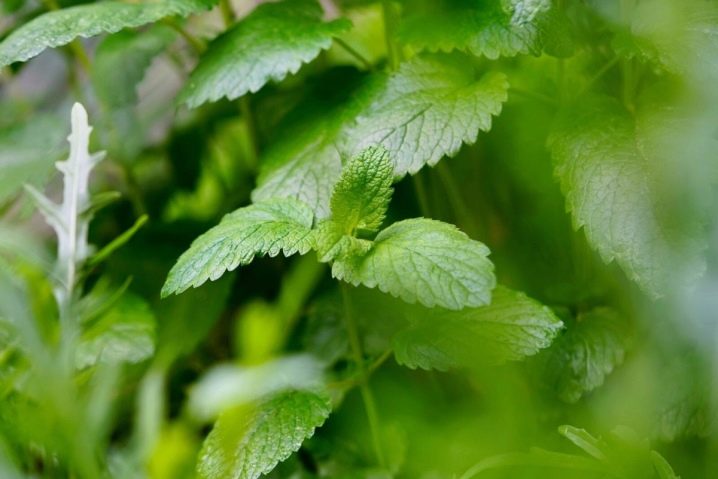
In fact, all types of lemon balm are similar in many ways. They differ in the shape of the bush and the ripening time of green leaves.
Landing
It is customary to plant lemon balm in the spring. But if you wish, you can plant young seedlings in June or July. When choosing a place for planting bushes, it is worth considering certain points.
- Soil acidity. It is best if it is neutral. If finding the right place is difficult, wood ash or dolomite flour can be embedded in the soil.It is best to do this in the fall.
- Illumination of the site. When choosing a place for lemon balm in the garden or in the garden, it is important to consider how long the plant will be under the sun. It is recommended to plant a heat-loving plant in sunny areas. Lemon balm grows better in the sun. Being in the shade, the plants remain frail for a long time. In addition, the leaves contain fewer essential oils. Which means they don't smell that strong.
- Neighborhood... As a rule, lemon balm is planted next to unpretentious flowers or perennial grasses. She gets along well with these plants.
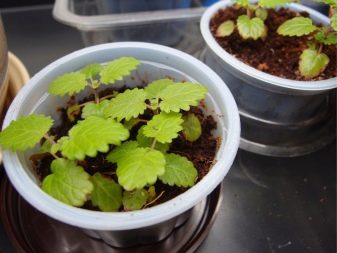

Before starting planting, the site must pre-prepare. This is usually done in the fall. The soil must be dug up and fertilized. It is customary to embed organic fertilizers into the soil. Natural compost or manure is best suited for this purpose.
Immediately before planting lemon balm, the site must be loosened again. In the selected area you need outline the beds.
The distance between individual rows should be within 50 cm. Growing, lemon balm will quickly fill the free space.

Separately, it should be said about the cultivation of lemon balm at home. It grows well on the windowsill, so many people are happy to plant young lemon balm in small slides or containers. This process consists of several steps.
- The choice of capacity for planting. Since indoor lemon balm develops very quickly, it is recommended to plant it in a large container 35–50 cm deep. The container must be stable. It is important that there are drainage holes at the bottom. For planting lemon balm, it is recommended to choose ceramic containers.
- Soil selection... Soil selection is also important for growing indoor lemon mint. It should be loose and fertile. In this case, the seeds will germinate without any problem. You can take universal purchased primer as a basis. It can be purchased at a gardening store. Instead of purchased soil, the use of fertile leafy soil is allowed. It must be mixed in equal parts with high-quality humus. Before placing the soil in the pot, place a layer of small pebbles or broken bricks on the bottom of the pot. Such a drainage layer will protect the plant roots from decay.
- Planting lemon balm. Melissa can be planted in prepared containers at any time of the year. It is best to use seeds for planting. They are sown in shallow grooves. After that, the planting material is sprinkled with loose soil and sprayed with a spray bottle. This must be done carefully so as not to wash the seeds out of the soil.
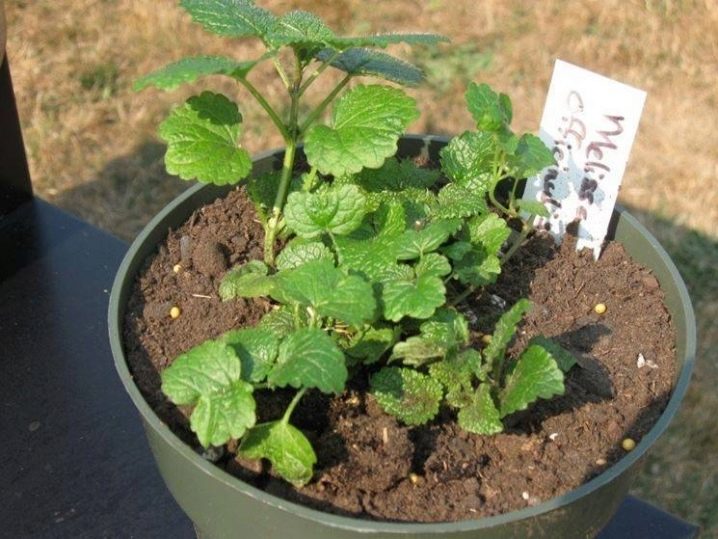
It is advisable to place containers with lemon balm on a well-lit windowsill. In this case, the plant will always look beautiful. Lemon balm grows much more slowly in the shade.
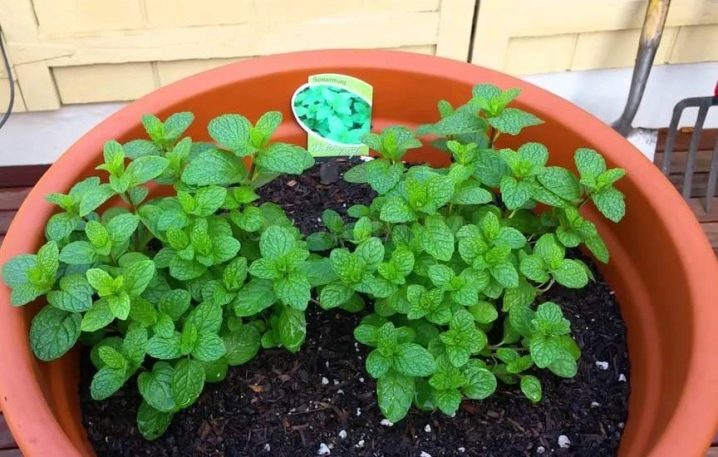
Care
Growing lemon balm in the open field and on the windowsill does not cause any problems for the grower. Lemon balm agrotechnology consists of the following steps.
Watering
Lemon balm growing at home is rarely watered. Indoor flowers are sprayed with a spray bottle several times a week. The soil in the pots should not dry out.
Bushes growing in the country are watered only in the heat. If the soil dries up and the leaves begin to turn yellow, the plants must be watered with warm, settled water. This is done no more than 2 times a week. It is recommended to water the plants in the evening or in cloudy weather.
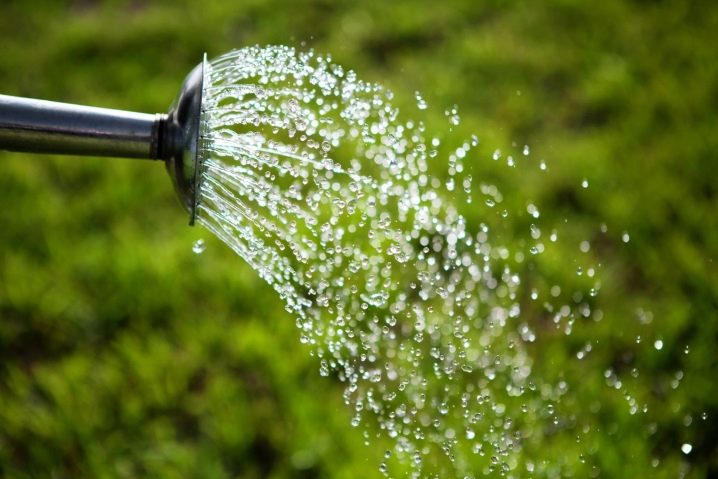
Top dressing
It is recommended to fertilize lemon balm once a year. Top dressing is carried out in the spring. At this time, flower growers most often use nitrogen fertilizers. This allows you to speed up the process of gaining green mass. Lemon balm growing in open ground is fed with mullein solution.
Plants that are grown on a balcony or windowsill are recommended to be fertilized with complex mineral fertilizers. The product is diluted in warm water according to the instructions.
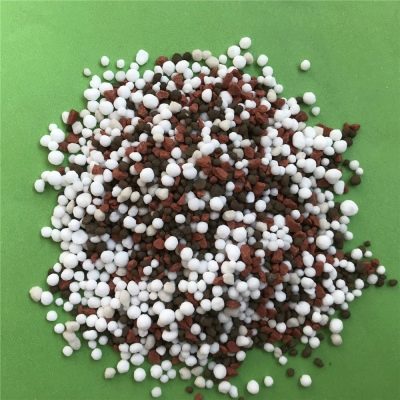
Pruning
To grow beautiful green lemon balm at home, you need to cut it properly. This is usually done twice a season.Shoots are removed with sharp garden tools. It is important to decontaminate them before using them. For this purpose, it is best to use a light solution of potassium permanganate.
Regular pruning is good for the health of the plant, it grows lush and blooms very beautifully. In addition, this procedure prevents the lemon balm from overgrowing.
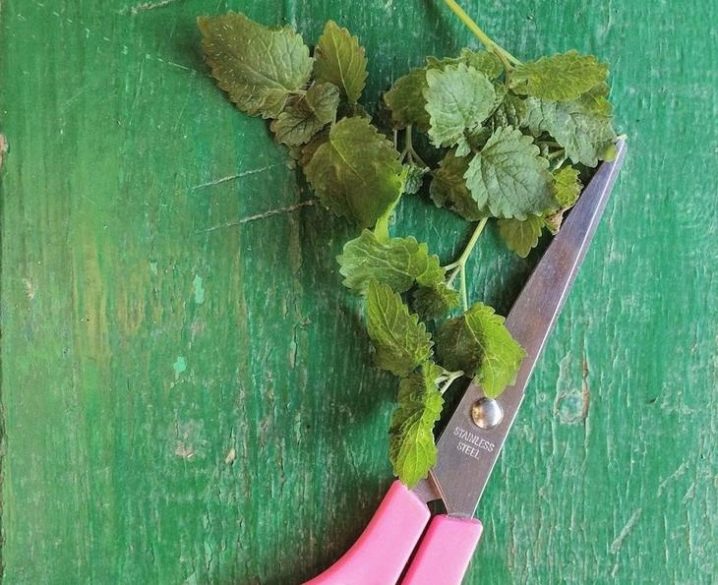
Transfer
Not only young seedlings need to be transplanted, but also adult plants. As a rule, those shoots that have been in one place for about 7-10 years are transplanted. In the process, it is important to take into account the features of this procedure.
The plant is dug out very carefully, trying not to damage the rhizome. There is no need to shake the earth from the roots. Landing holes are dug just before planting. After planting, the roots are covered with loose earth. The soil is then well watered. You need to take care of the transplanted plants in the same way as for an ordinary adult lemon balm.

Wintering
Melissa is a thermophilic plant, therefore, when grown outdoors, it must be properly prepared for winter.... It is recommended to feed the plants in autumn. Especially if they grow on poor soil. They must be mulched with a thick layer of manure or humus. Top can be covered with dry foliage or sawdust. After the snow falls, it will need to be thrown from above onto an impromptu shelter.
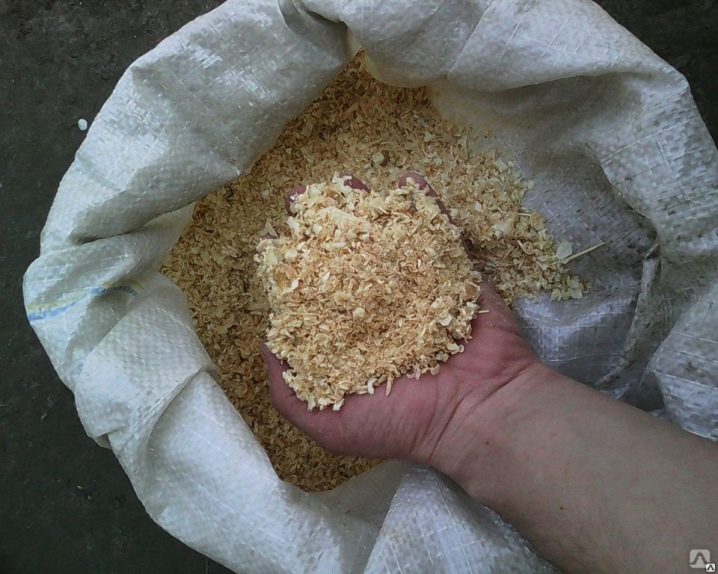
It is worth remembering that plants aged 5–6 years are less frost-resistant, so they need to be covered much more carefully.
Reproduction
Melissa reproduces in several main ways.
Seeds
The seeds used for planting can be purchased at a gardening store or harvested by yourself. They must be fresh and healthy.... It is recommended to plant them in the soil at the end of winter. The planting material does not need preliminary preparation.
Planting containers are filled with fertile soil. Further, grooves are made in it. The distance between them should be within 30 cm. The seeds are buried in the prepared grooves. Then the soil is sprayed with warm water. From above, the containers are covered with a transparent film. Once the seeds have sprouted, the shelter can be removed.
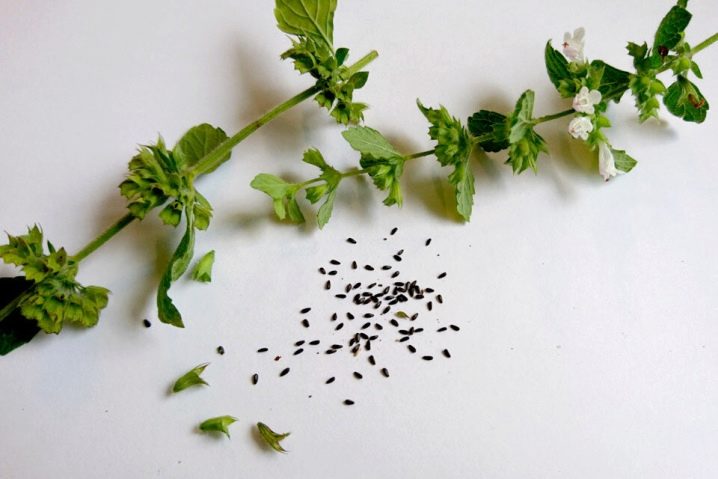
Seedlings are grown for several weeks. The hardened seedlings are transplanted to a permanent place of growth.
By dividing the bush
This is the easiest way to breed lemon balm. Plants can be divided from the age of 3 years. It is best to do this in the second half of spring. The sprout must be carefully dug up. Its rhizome is divided into parts using a sharp knife or shovel. Slices must be sprinkled with charcoal. This helps to disinfect them.
Immediately after this, the plant can be planted in a new area. The lemon balm, divided in this way, takes root in a new place very quickly. It can bloom in the first year after division.
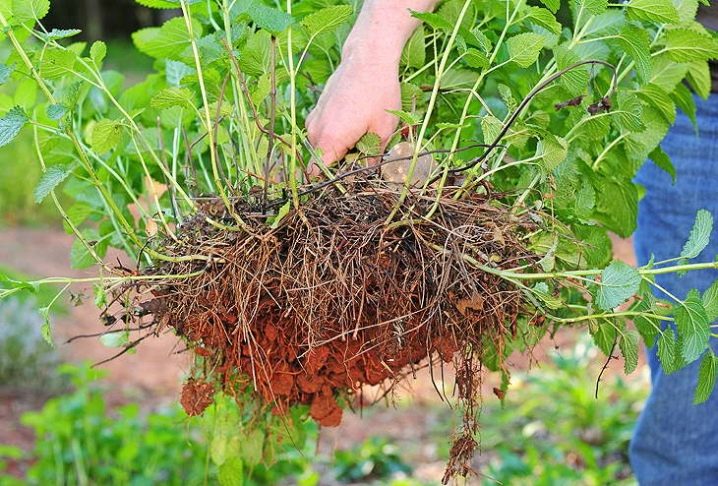
Layers
This is a rather unusual breeding method for lemon balm. The shoots of the plant are bent to the ground even before flowering begins. Immediately after that, they are carefully fixed. Strong metal staples are used for this purpose. Sprinkle the shoots on top with loose fertile soil.
After a few weeks, small roots appear on the layer. Noticing them, the shoots are cut off from the mother plant and transplanted to a new place.
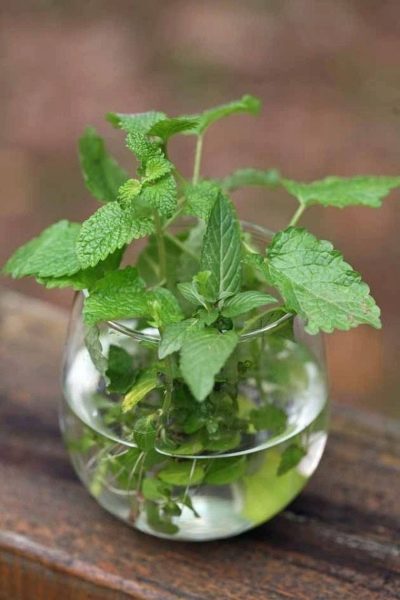
Cuttings
This breeding method for lemon balm is suitable for beginners. The top is cut off from each plant. Shoots are placed in a container with water. After 10-15 days, small roots appear on them. After such preparation, they are planted in fertile loose soil. Young cuttings take root very quickly.
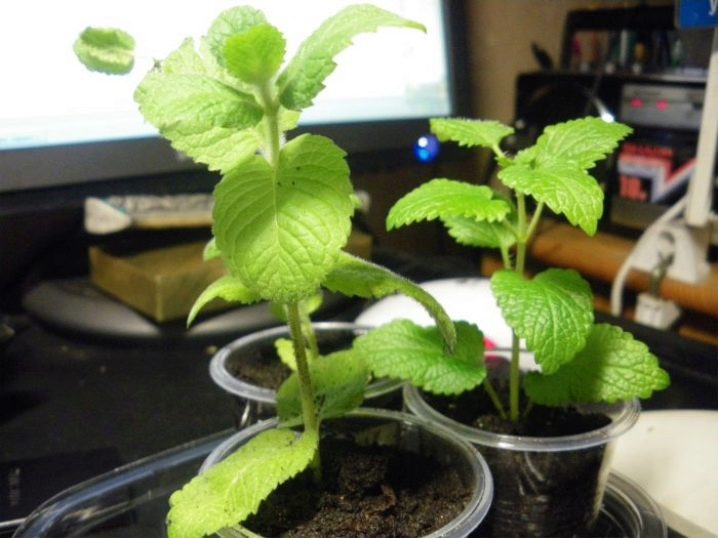
Diseases and pests
Most pests bypass lemon balm. They are scared off by the rich aroma. But in the height of summer, plants can be affected by whiteflies, spider mites, or thrips.
To combat these insects, they usually use folk remedies.
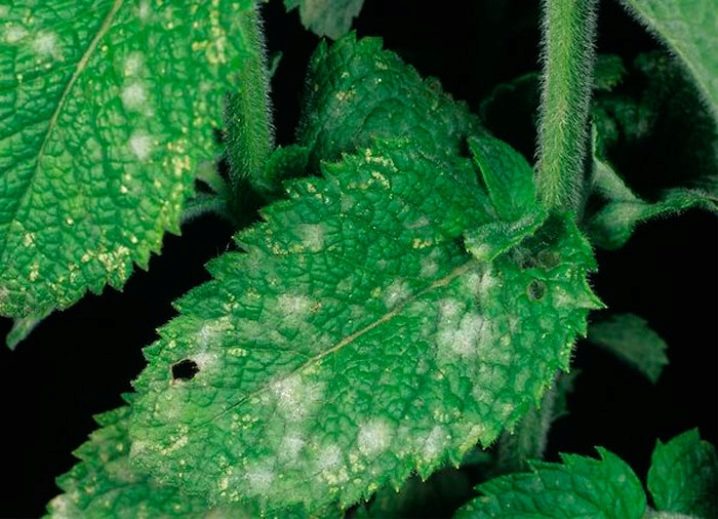
Melissa is treated with infusions of nightshade or mustard powder. If this does not help, the plants should be sprayed with proven insecticides. Diseases are also dangerous for lemon balm.
- Rust... The leaves of diseased plants are covered with orange pads, which turn brown over time. These leaves should not be used for cooking or drying. Bordeaux mixture or copper sulfate is used to fight the disease.
- Powdery mildew. This is another common disease. Diseased plants are covered with a dense white bloom. The disease spreads most rapidly during a period of high humidity. Sick plants must be treated with fungicides. After such treatment, the leaves cannot be used for making drinks and desserts for 2 weeks.
- Fusarium wilting... This disease develops in hot summer conditions. The leaves and stems of ailing lemon balm lose their elasticity and begin to darken. Plants affected by the disease must be removed from the site along with a lump of earth. Next, they must be destroyed, and the site must be treated with high-quality fungicides.
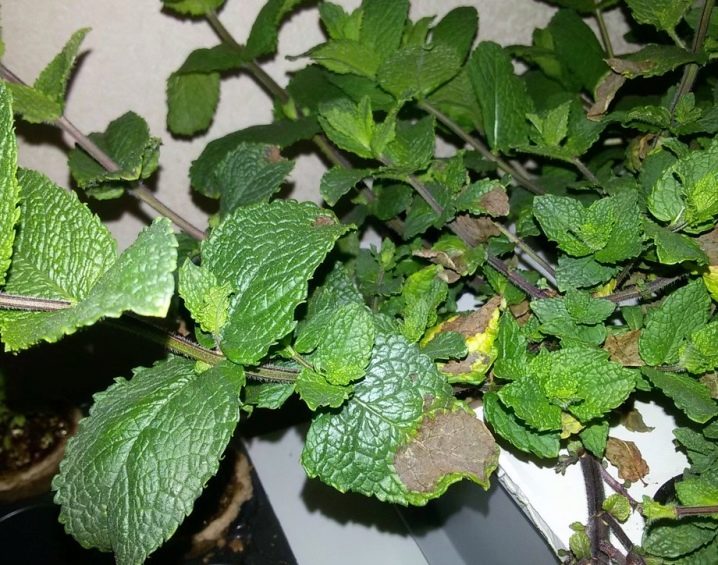







The comment was sent successfully.